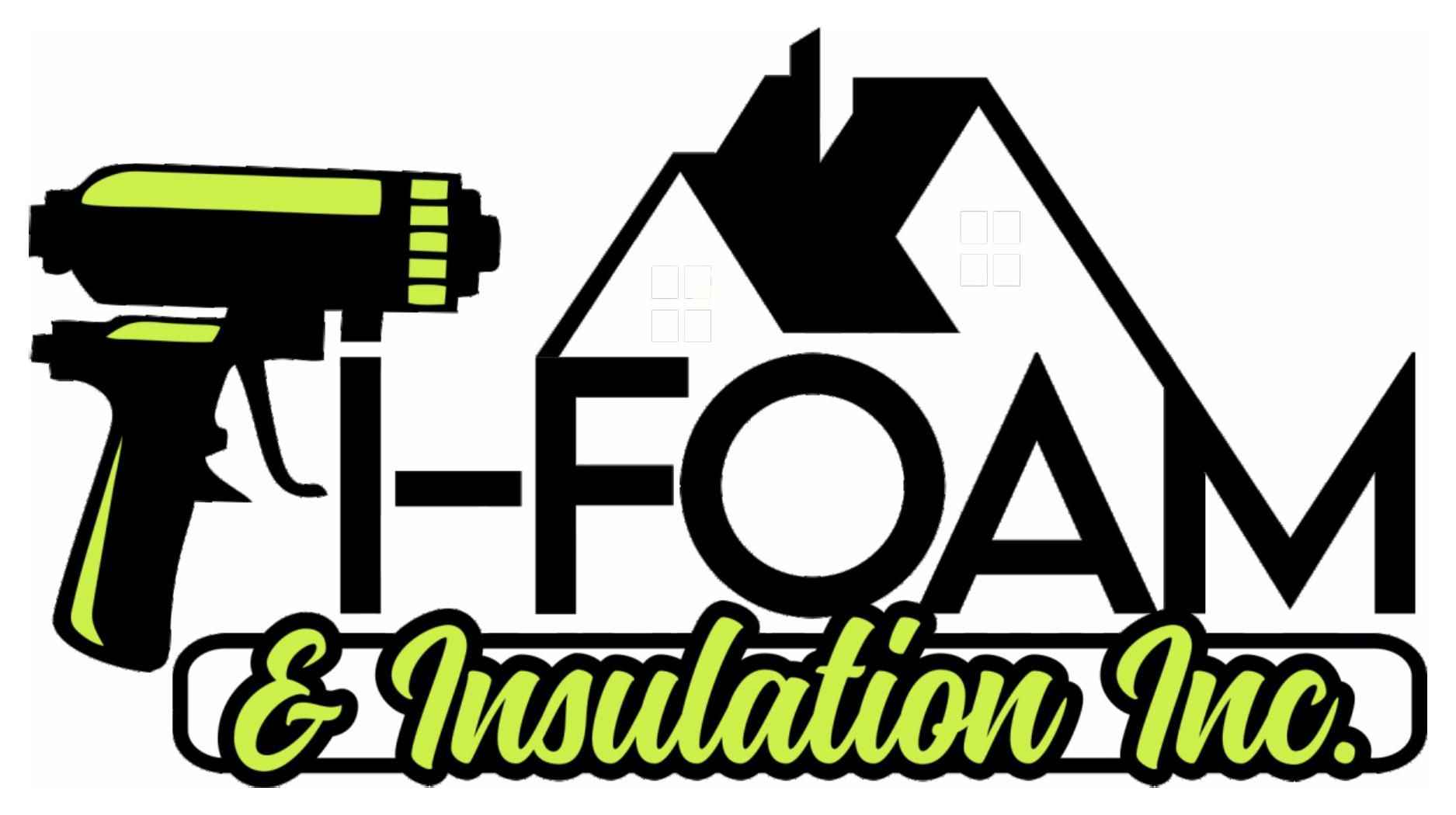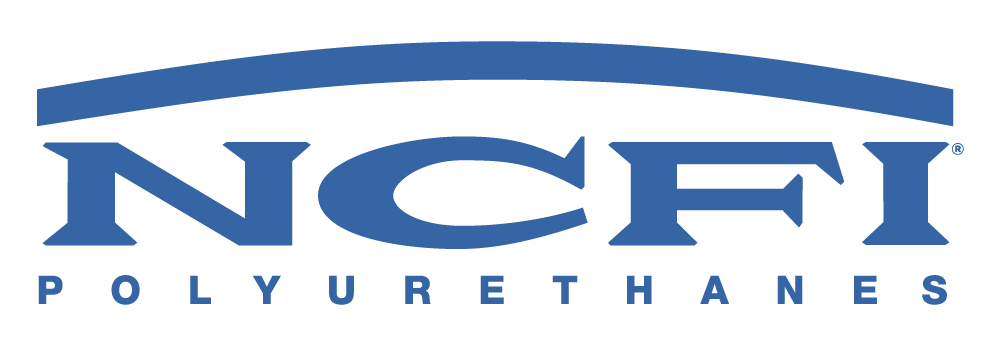November 7, 2025
In recent years, spray foam insulation has become increasingly popular among homeowners, builders, and commercial developers, and for good reason. Unlike traditional insulation materials such as fiberglass or cellulose, spray foam provides a comprehensive solution that improves energy efficiency, reduces environmental impact, manages moisture, enhances acoustic comfort, and offers long-term cost savings. As energy costs rise and sustainability becomes a critical concern, the importance of selecting the right insulation method cannot be overstated. Choosing spray foam insulation not only helps maintain a comfortable indoor environment but also contributes to building longevity, reduced utility bills, and a healthier living space. With its unique ability to expand and seal gaps, spray foam insulation has emerged as a top choice for modern construction projects.
1. Enhanced Energy Efficiency
Energy efficiency is one of the most compelling reasons to choose spray foam insulation. Its ability to expand during application allows it to fill gaps and seams that traditional materials often leave exposed. According to This Old House, spray foam insulation is among the best materials for filling gaps and sealing open seams, ensuring a tight, energy-efficient building envelope. This airtight seal prevents drafts, reduces heat loss in winter, and limits heat gain in summer, creating a more stable indoor environment.
The energy savings from spray foam insulation can be substantial. By reducing air leakage and maintaining consistent indoor temperatures, heating and cooling systems operate more efficiently, leading to lower utility bills. Over time, these savings often offset the higher upfront cost of spray foam, making it an economically viable choice.
Spray foam insulation also boasts a higher R-value per inch than fiberglass or cellulose, meaning it provides more insulation with less material. This superior R-value contributes to better thermal performance while saving space within walls, ceilings, and attics. Additionally, its durability ensures that energy efficiency does not degrade over time, unlike fiberglass, which can sag, or cellulose that can settle.
2. Positive Environmental Impact
Sustainability is increasingly a priority in construction, and spray foam insulation offers several eco-friendly benefits. Many modern spray foams are manufactured using renewable materials, including soybean oil and recycled plastics, which reduces their overall environmental footprint. By reducing the energy needed for heating and cooling, spray foam insulation helps lower greenhouse gas emissions, contributing to a smaller carbon footprint for homes and commercial buildings.
Spray foam also minimizes material waste compared to traditional insulation methods. Fiberglass and cellulose require cutting and fitting, which generates leftover scraps and often leads to additional waste disposal. Spray foam, by contrast, is applied directly to surfaces, expanding to fit the intended space without excess material. Its long lifespan further reduces the need for replacement, lowering overall construction waste and resource consumption.
Additionally, the energy-saving and environmentally responsible qualities of spray foam insulation can help buildings achieve green certifications such as LEED (Leadership in Energy and Environmental Design). By incorporating sustainable materials and maximizing energy efficiency, builders and homeowners can earn points toward certification, which enhances building value and demonstrates a commitment to environmental stewardship.
3. Moisture Barrier and Water Resistance
Moisture intrusion is a major concern in building construction, as it can lead to mold, mildew, and structural damage. Spray foam insulation serves as an effective moisture barrier, preventing water vapor from penetrating walls, ceilings, and floors. Its closed-cell structure provides robust resistance to water, helping protect homes in areas with high humidity or heavy rainfall.
By keeping moisture out, spray foam insulation reduces the likelihood of mold and mildew growth, safeguarding indoor air quality and protecting occupants’ health. Unlike traditional insulation materials that can absorb water and become a breeding ground for fungi, spray foam remains dry and effective over time.
Spray foam also functions as a dual-purpose material, providing both insulation and vapor barrier capabilities. This reduces the need for additional materials, simplifying construction projects and lowering costs. By maintaining a dry and stable environment within walls and ceilings, spray foam preserves structural integrity and prevents wood rot, sagging, or deterioration. In the long term, this protective quality extends the lifespan of the building and reduces repair costs, making spray foam insulation a practical and durable investment for homeowners.
4. Noise Reduction and Acoustic Comfort
In addition to thermal performance, spray foam insulation provides notable acoustic benefits. Its dense, cellular composition absorbs sound waves, reducing noise transfer between rooms and floors. This sound-dampening capability is particularly valuable in multi-family housing, urban environments, and commercial spaces where external or internal noise can disrupt comfort and productivity.
Spray foam enhances privacy by minimizing sound transmission, creating quieter and more serene living areas. Its versatility allows it to conform to walls, ceilings, and floors, effectively addressing unique acoustic challenges. Unlike traditional solutions, such as adding extra drywall or acoustic panels, spray foam delivers both thermal and acoustic insulation in one application, saving time, space, and costs.
Improved acoustic comfort also increases property value, as potential buyers often consider soundproofing a desirable feature. By investing in spray foam insulation, homeowners not only enjoy a more comfortable and peaceful indoor environment but also enhance the long-term appeal and marketability of their property.
5. Installation Advantages
Spray foam insulation is highly regarded for its ease and efficiency of installation. Applied directly onto surfaces, the foam expands to fill gaps, cavities, and irregular shapes, making it adaptable to a wide range of architectural designs. This expansion ensures complete coverage and reduces the labor time required for installation compared to traditional insulation.
The flexibility of spray foam also accommodates retrofits and complex construction scenarios. Its high R-value per inch allows for effective insulation even in tight spaces, such as attics, crawlspaces, and narrow wall cavities, where traditional materials may be difficult to install.
Health and safety are additional benefits of spray foam insulation. Once cured, the material is inert and does not emit harmful substances, unlike some fiberglass or cellulose products. It is also resistant to pests, mold, and allergens, contributing to a healthier indoor environment. Minimal maintenance is required over time, as spray foam retains its insulating properties and structural integrity, providing long-lasting value to homeowners.
6. Cost-Effectiveness Over Time
Although the initial cost of spray foam insulation may be higher than traditional options, the long-term financial benefits are significant. Reduced energy bills, lower maintenance costs, and enhanced HVAC efficiency contribute to a strong return on investment. Many homeowners find that energy savings alone can recoup the initial expense within a few years, while additional benefits such as improved comfort and higher property value further enhance financial returns.
Spray foam insulation may also qualify for government or utility rebates, helping offset installation costs and making energy-efficient upgrades more affordable. Over the lifespan of the building, the combined savings on utility bills, maintenance, and replacement expenses far outweigh the upfront investment. Compared to traditional materials, spray foam delivers both short-term comfort and long-term financial advantages, making it a smart choice for homeowners looking to maximize value and efficiency.
Spray foam insulation offers a wide array of benefits that set it apart from traditional insulation options. From superior energy efficiency and environmental advantages to moisture protection, soundproofing, installation flexibility, and long-term cost-effectiveness, spray foam delivers value across multiple aspects of building performance. Its durability ensures consistent benefits over time, while sustainable options and lifecycle advantages support eco-friendly construction. Homeowners who choose spray foam insulation enjoy lower energy bills, increased comfort, improved indoor air quality, and enhanced property value. For those seeking a reliable, high-performance insulation solution, I-Foam & Insulation Inc provides professional
spray foam insulation services that maximize comfort, efficiency, and long-term savings. Contact them today to upgrade your home with superior insulation technology.



